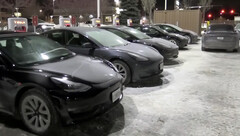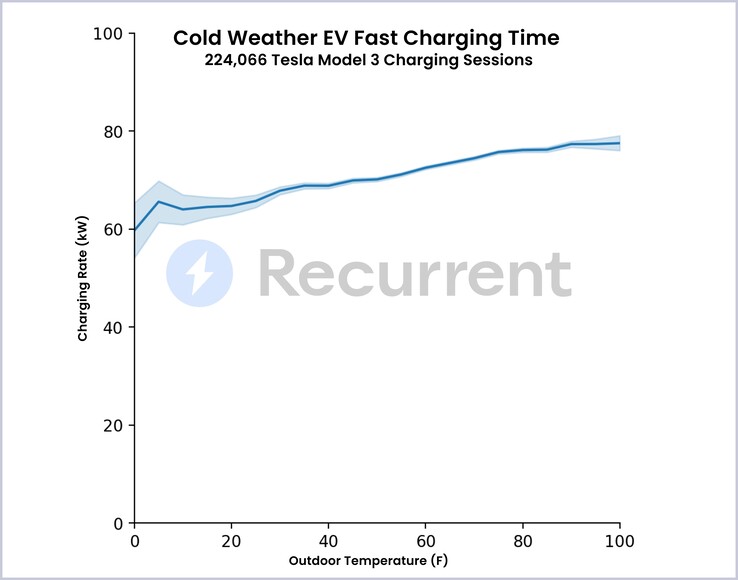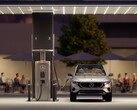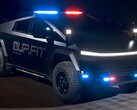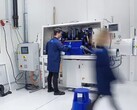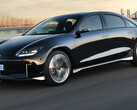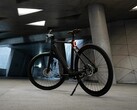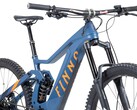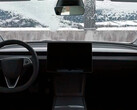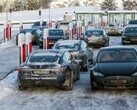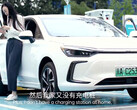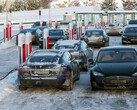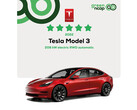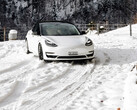"A charge that should've been 45 minutes took 2 hours" has been a common complaint on the news lately during interviews with Tesla drivers from the Chicago area. In the current Arctic blast that is sweeping across the US, not only did charging electric cars in the freezing temps seemed to take much longer, but some public EV chargers were not working, too, adding to the frustration.
According to a timely Recurrent Auto analysis of the reasons behind these unprecedented EV charging woes in the US during the record-breaking Arctic cold snap, one of the main reasons for the station bottlenecks may turn out to be inadequate battery preconditioning. Usually, when an EV driver sets a charging station as their destination, the car starts warming up the battery to prepare it to take a charge much faster, the so-called preconditioning.
If that condition is being met, Recurrent's analysis of more than 200,000+ recent charging sessions with the most popular EV on its platform - the Tesla Model 3 - shows that charging at zero degrees Fahrenheit (-17.8 Celsius) took only 9 minutes longer on average when compared to the most favorable weather conditions.
This week, however, the temperatures fell lower than that in the Chicago area, some charging stall connectors froze or got wet, while a lot of Tesla drivers were coming with nearly discharged or completely dead batteries from places like airport parking lots where their cars have been sitting for a while, often with tow trucks.
According to Recurrent's analysis, "if a driver does not (or cannot) precondition the EV battery prior to a charging session, the first 30-45 minutes of your charging session may not add any charge, but instead will be spent increasing the battery’s temperature to prepare for the actual charging." That explains why for a lot of interviewees from the Chicago area it seemed like nothing was happening when they arrived on a tow truck with a dead battery and sat on a charger for a while. Some even left and came on the next day to try again.
While Tesla cars, along with Hyundai and Kia electric vehicles, are rated as one of the best when it comes to range preservation in cold weather, a lot of drivers were seemingly unprepared for a 20% or so range drop and worried when their commute calculations went out of the window, heading to the nearest charger unable to precondition the battery, too.
All of these factors combined seemingly created the bottlenecks and long wait times for frustrated drivers with already discharged batteries amidst the Arctic blast. Tesla, on the other hand, posted an ad about an advantage its cars have in cold weather, the Defrost Mode. It warms the cabin and melts snow and ice from the windshield remotely, all from the comfort of the Tesla app, so that drivers can hop in a clean vehicle and drive away; provided that there is already charge in the battery, that is.


